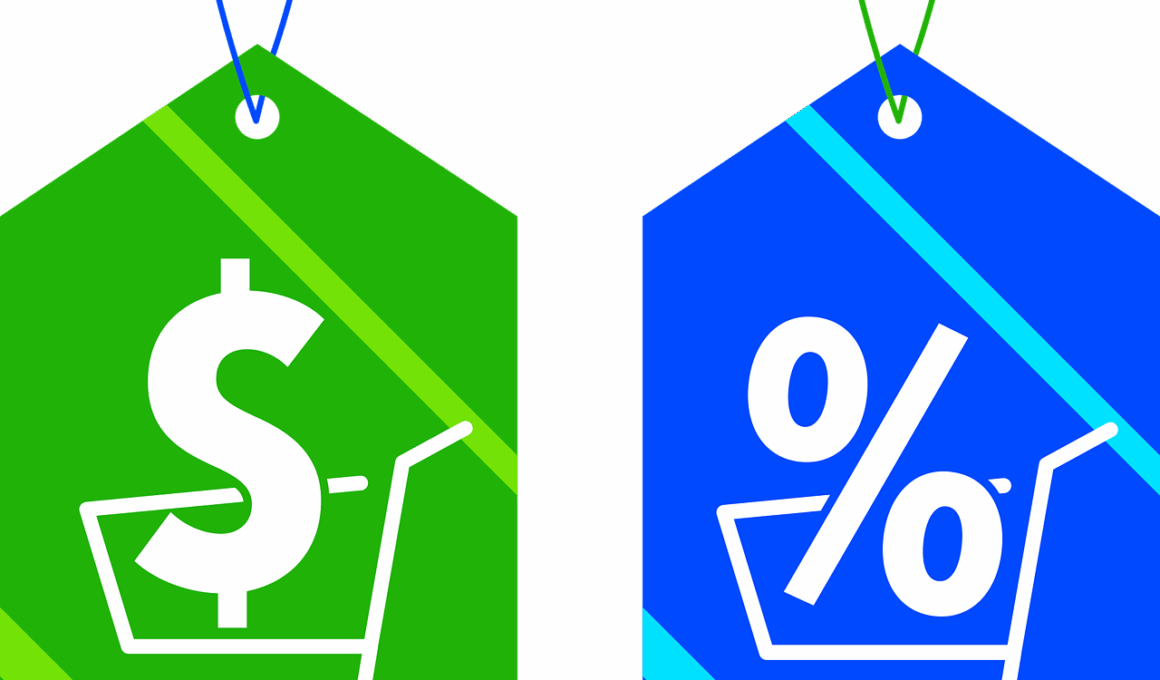Future of Coupon Marketing: Trends and Predictions
The future of coupon marketing promises significant shifts as technology advances, consumer behaviors change, and businesses adapt. Traditional paper coupons are becoming less relevant as digital alternatives gain prominence. Consumers increasingly prefer mobile applications where they can access targeted deals in real-time. This format not only enhances convenience but also allows brands to gather valuable data on consumer preferences. With this wealth of data, businesses can implement more personalized marketing strategies that cater to individual needs. Customers appreciate tailored experiences that reflect their purchasing history, encouraging repeat business and customer loyalty. Furthermore, the integration of social media platforms into coupon marketing will continue to enhance engagement. By combining user-generated content with promotional offers, brands can foster deeper connections with their audiences. For example, social media influencers can showcase discounts to their followers, leading to increased sales and brand visibility. As the competitive landscape evolves, the challenge will be for companies to stay ahead by leveraging these trends effectively. Marketers must be agile, continually testing new methods and platforms to reach their target demographics efficiently. Overall, the future of coupon marketing is bright, driven by innovation and a customer-centric approach.
Embracing Digital Transformation
The ongoing digital transformation is reshaping coupon marketing as organizations embrace technology to enhance customer experiences. Innovations such as artificial intelligence and machine learning are playing pivotal roles, enabling businesses to analyze consumer behavior more effectively and predict future trends. Marketers can optimize their strategies by examining data collected from various channels. For instance, AI tools can help determine the most effective times and platforms to send coupons, maximizing engagement and conversion rates. Additionally, companies that prioritize mobile optimization will reap significant benefits, as consumers increasingly rely on their smartphones for shopping. Mobile wallets and apps allow customers to store and redeem coupons effortlessly, creating a seamless shopping experience. Furthermore, augmented reality is emerging as a fascinating avenue for coupon engagement. Interactive experiences via AR can help brands create memorable digital campaigns that attract attention. The ability to scan physical locations for exclusive offers combines online and offline experiences, driving foot traffic to retail locations. This blending of shopping experiences emphasizes the necessity for a multi-channel approach that captures consumers across various touchpoints. As the industry evolves, embracing these digital transformations will be critical for brands aiming to compete and succeed.
With the rise of sustainability and eco-conscious purchasing habits, coupon marketing strategies are also evolving to reflect these values. Today’s consumers are more aware of their impact on the environment, pushing brands to implement sustainable practices. As a result, marketers must focus on promoting eco-friendly products through targeted coupons and incentives to influence purchasing decisions positively. Offering discounts on organic, local, and ethical brands can serve as a strong incentive while aligning with consumers’ values. Additionally, educating consumers about the benefits of sustainable shopping through coupon campaigns can further strengthen brand loyalty. Collaborations between brands and non-profit organizations can highlight shared values, creating a stronger bond with socially conscious consumers. Coupons supporting environmental initiatives can boost engagement and improve customer satisfaction. Companies must also monitor the effectiveness of these campaigns, employing analytics to determine which sustainability-focused offers resonate most with their audience. This approach not only supports corporate social responsibility but also enhances brand reputation. As environmental concerns take center stage in consumers’ minds, the ability to align marketing strategies with these values will be instrumental in driving success in the coupon marketing industry.
As mobile engagement continues to dominate the marketing landscape, leveraging location-based services for coupon distribution is becoming increasingly popular. Businesses can now send targeted offers directly to customers’ smartphones based on their geographic location. This strategy ensures that consumers receive relevant promotions when they are most likely to make a purchase. For instance, sending a coupon to shoppers entering a store or a nearby area can dramatically increase foot traffic and sales. Marketers should also consider incorporating geofencing techniques to create personalized experiences for their consumers. By establishing virtual boundaries, businesses can trigger automatic notifications when potential customers enter a designated space. To enhance personalization further, companies can combine location data with consumer preferences, ensuring that the received offers align with individual interests. Consumers appreciate relevant and timely offers that enhance their shopping experience. Furthermore, brands can utilize the data gathered from location-based services to better understand their audience, helping them refine their marketing efforts. As this trend evolves, maintaining a balance between leveraging data and respecting customer privacy will be crucial in fostering trust and ensuring engagement.
The Role of Social Media in Coupon Distribution
In the age of social media, leveraging platforms is essential for effective coupon marketing. Social networks like Facebook, Twitter, and Instagram enable brands to reach vast audiences and engage potential customers directly. Organizations can create buzz around new promotions and offers through organic and sponsored posts, increasing visibility. Furthermore, integrating coupon promotions into these platforms allows customers to share deals within their networks. This sharing can amplify reach, converting more individuals into brand advocates who appreciate receiving discounts. Engaging with customers through social media also opens opportunities for real-time feedback, which can be invaluable for refining strategies. Brands must monitor sentiments and interactions closely, as genuine responses can lead to loyalty and encouraging word-of-mouth marketing. Additionally, influencer partnerships can significantly enhance the effectiveness of coupon strategies. Collaborating with reputable online influencers helps brands tap into established audiences, lending credibility and encouraging engagement. Offering exclusive deals through influencers can create a sense of urgency and drive conversions. As social media platforms continue evolving, brands that remain adaptive to these changes will effectively leverage opportunities. Overall, social media is a powerful tool in coupon marketing, creating innovative promotional methods and fostering community.
Another emerging trend in the coupon marketing space is the increased use of gamification strategies to engage customers. By harnessing the power of games and interactive experiences, businesses can create compelling campaigns that encourage participation and enhance brand loyalty. Gamification can take many forms, from offering rewards for completing specific challenges to allowing customers to earn discounts through loyalty programs. This method creates a sense of excitement surrounding coupon usage, as consumers are motivated to engage more with the brand. For instance, businesses can introduce app-based games where users work towards earning exclusive coupons by achieving milestones or completing tasks. Additionally, implementing point systems where consumers accumulate points with each purchase can create a fun and engaging way to unlock special promotions. This strategy not only encourages repeat purchases but also fosters community as customers share their achievements with friends. Brands that embrace gamification will not only entertain but also build stronger connections with consumers. As customer expectations continue to evolve, being innovative in marketing strategies is critical. Overall, gamification presents a promising opportunity for coupon marketers to thrive in an increasingly competitive landscape.
Looking ahead, the future of coupon marketing hinges on understanding consumers’ evolving preferences and expectations. Research indicates that consumers are seeking on-demand deals that cater to their immediate needs, rather than traditional promotional methods. This shift towards immediacy requires businesses to be nimble in their marketing efforts, deploying real-time offers that align with trending consumer interests. Ensuring that coupon campaigns are easily accessible across various platforms is vital for maximizing impact. Companies must create user-friendly experiences that simplify the redemption process, making it seamless for customers to engage with promotions. Furthermore, embracing automation in delivering targeted coupons can enhance efficiency and responsiveness, allowing brands to stay competitive in this fast-paced environment. As more brands embrace an agile approach, fostering a culture of innovation and collaboration will be crucial for success. Brands should continue fine-tuning their marketing strategies while experimenting with new technologies and trends. Capitalizing on these insights will allow marketers to remain relevant and connected to their audiences. In conclusion, the future of coupon marketing will likely be defined by adaptability, responsiveness, and a strong focus on consumer engagement, ensuring lasting business growth and success.


